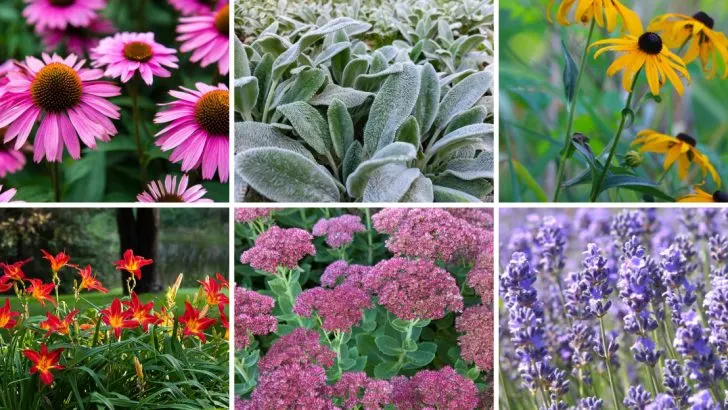Some plants just know they’re fabulous—and they act like it. Big blooms, bold colors, maybe even a bit of attitude. You’d think they’d be high-maintenance, but these garden divas pull a fast one: they grow like weeds. Not in the unruly, take-over-your-lawn kind of way, but in the “plant it and watch it go” kind of way. They’re the showstoppers that don’t need coddling.
These are the stars that thrive on neglect, bounce back from rough weather, and still manage to steal the spotlight. They’re bold, beautiful, and tougher than they look. If you want drama without drama, these 16 garden divas will absolutely deliver.
Coneflower (Echinacea)

Echinacea, commonly known as coneflower, is a vibrant staple in many gardens. Known for its daisy-like appearance and rich colors, it attracts butterflies and bees, adding life to any landscape. Despite its delicate look, this plant is remarkably hardy, thriving in poor soil and needing minimal water. Its resistance to pests makes it a gardener’s favorite. In folklore, echinacea was cherished by Native Americans for its medicinal properties, believed to enhance immune systems. This perennial blooms from midsummer to fall, ensuring a long-lasting display. Its robust nature and captivating beauty make it a true garden diva.
Lamb’s Ear (Stachys byzantina)
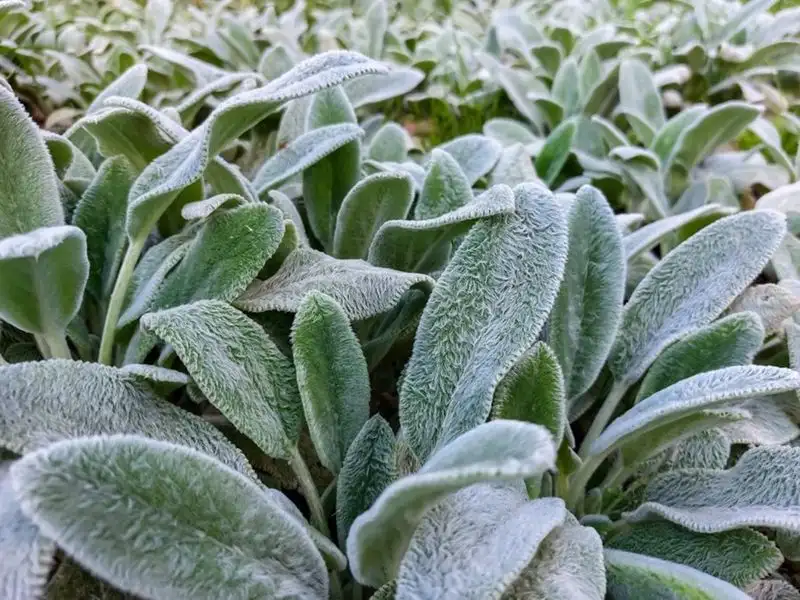
Lamb’s Ear is an eye-catching perennial known for its soft, velvety leaves. Its silvery foliage creates an elegant contrast in any garden. This plant thrives in sunny locations and can tolerate drought once established. Children are often drawn to its tactile texture, making it a favorite in sensory gardens. Originally from the Middle East, Lamb’s Ear has spread across gardens worldwide due to its resilience. Its ability to grow in poor soils and withstand harsh conditions solidifies its status as a reliable garden performer. Despite its humble appearance, it contributes significantly to garden aesthetics.
Black-eyed Susan (Rudbeckia hirta)
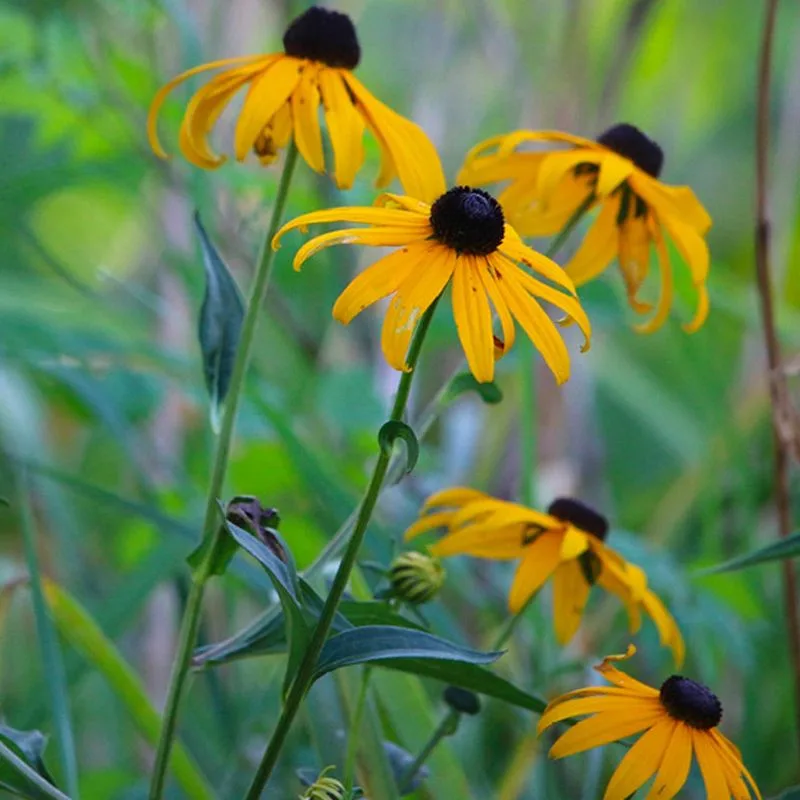
Black-eyed Susan is a cheerful addition to any garden, known for its bright yellow petals and striking dark centers. This wildflower is incredibly resilient, thriving in a variety of soil types and climates. Native to North America, it plays a crucial role in pollinator gardens, attracting bees and butterflies alike. Its long blooming season from June to October ensures continuous color in gardens. Widely used in traditional medicine, it’s believed to boost the immune system. Its ability to self-seed and spread effortlessly makes it a garden staple, embodying the spirit of a true garden diva.
Daylily (Hemerocallis)

Daylilies are garden classics, celebrated for their vibrant, trumpet-shaped flowers. Each bloom lasts just a day, but new ones constantly emerge, ensuring color throughout the summer. Daylilies adapt to a range of soil conditions and are drought-tolerant once established. Originating from Asia, they’ve become a favorite in gardens worldwide due to their low maintenance needs. Despite their delicate appearance, they resist pests and diseases, thriving where many plants falter. With their diverse color palette and robust nature, daylilies are quintessential garden divas, offering beauty and resilience in equal measure.
Sedum (Stonecrop)
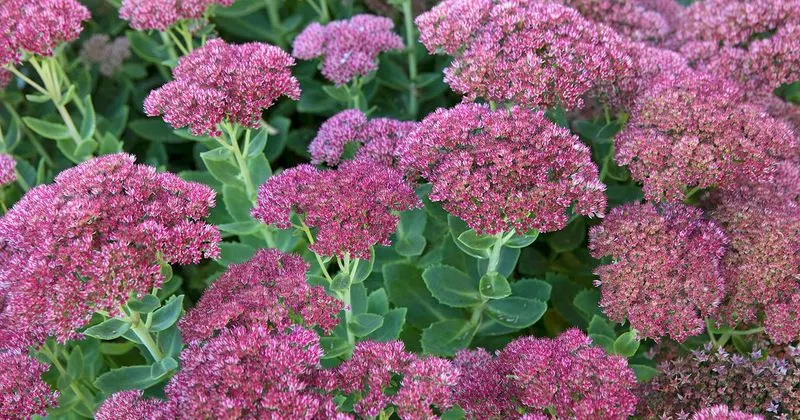
Sedum, or stonecrop, is a versatile succulent known for its fleshy leaves and star-shaped flowers. It thrives in rocky, poor soils where other plants struggle. Its ability to store water makes it drought-tolerant, ideal for xeriscaping. Sedum’s low-growing habit and vibrant blooms attract pollinators, enhancing any garden’s ecosystem. Native to many regions, including North America and Europe, it requires minimal care, making it perfect for novice gardeners. Its adaptability and colorful presence in gardens solidify its place as a garden diva. Stonecrop offers a unique texture and visual interest all year round.
Lavender (Lavandula)
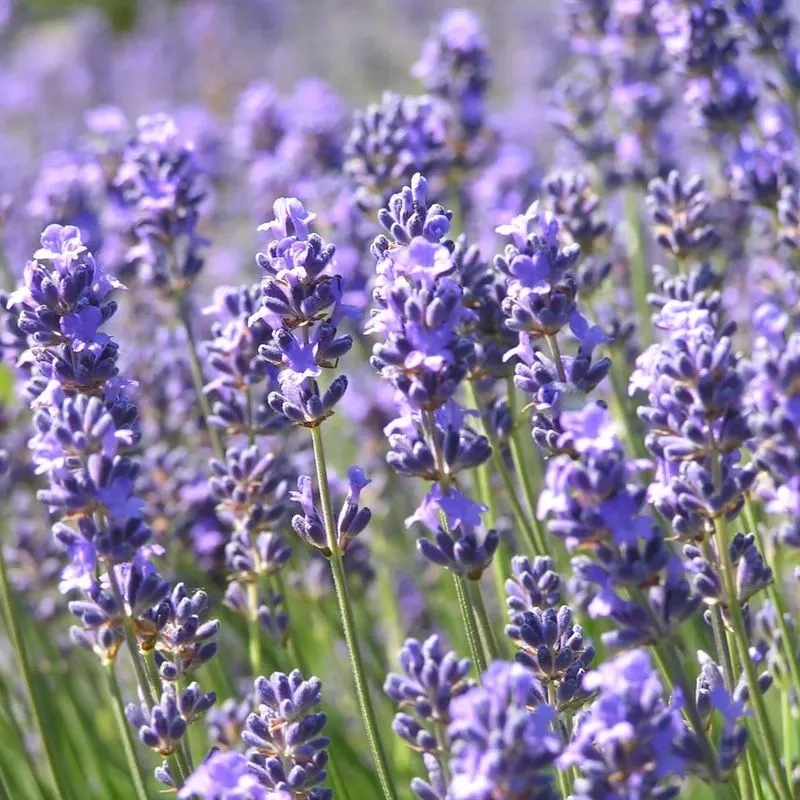
Lavender is cherished for its fragrant, purple flowers and aromatic foliage. This Mediterranean native thrives in sunny, well-drained soil, requiring minimal water. Its aromatic scent deters pests, making it an excellent companion plant. Traditionally used in aromatherapy and herbal medicine, lavender is renowned for its calming effects. Its ability to withstand drought and poor soil conditions makes it a staple in low-maintenance gardens. Lavender’s long blooming season and soothing fragrance enhance any landscape. Its versatility and enduring charm earn it a spot among the garden divas, providing beauty and utility alike.
Catmint (Nepeta)
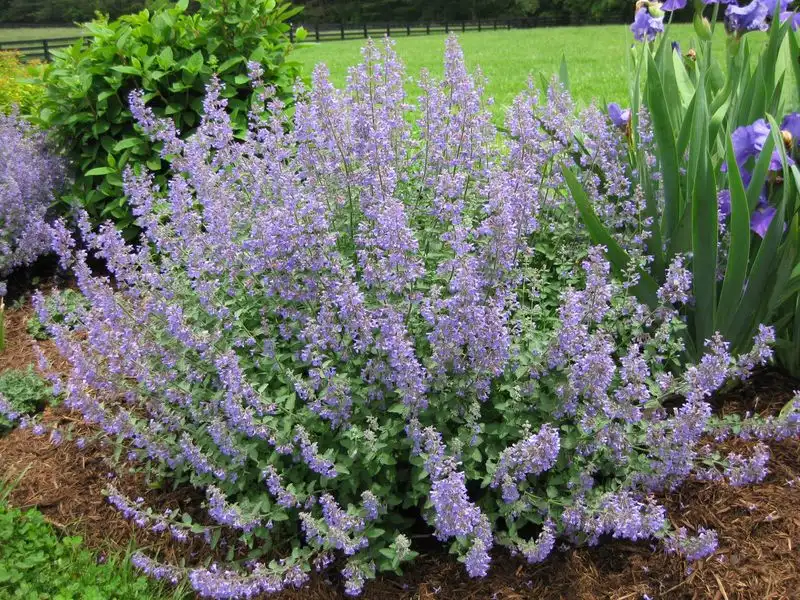
Catmint, or Nepeta, is a beloved perennial with soft purple flowers and aromatic foliage. Its long blooming season and resilience make it a garden favorite. Once established, catmint is drought-tolerant and thrives in full sun or partial shade. Its aromatic leaves repel pests, while attracting pollinators like bees and butterflies. Historically used in herbal remedies, it’s known for its calming effects. Native to Europe and Asia, catmint has adapted well to gardens worldwide. Its ease of care and charming appearance ensure its place as an adored garden diva, offering both form and function.
Yarrow (Achillea millefolium)
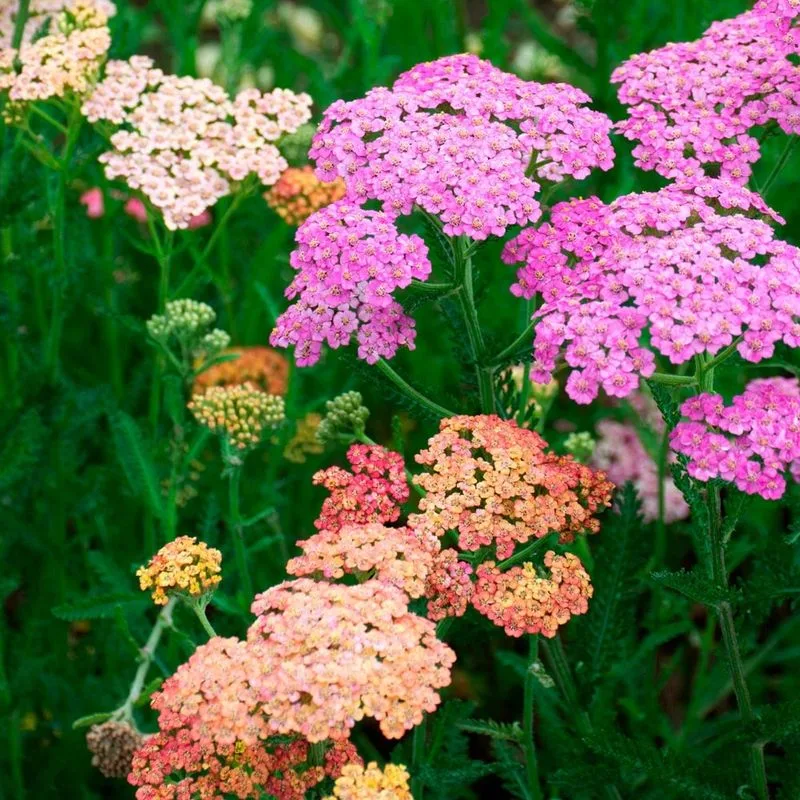
Yarrow is a resilient perennial known for its feathery foliage and flat-topped flower clusters. Blooming in a range of colors from white to pink to yellow, it adds a splash of color to any garden. Yarrow thrives in poor soils, needing little water once established. Native to temperate regions of the Northern Hemisphere, it’s valued for its medicinal properties, historically used to treat wounds and promote healing. Its ability to attract beneficial insects and repel pests makes it a valuable companion plant. Yarrow’s hardiness and adaptability secure its status as a garden diva.
Bee Balm (Monarda)

Bee Balm, with its striking red, pink, or purple blooms, is a beacon for pollinators like bees and hummingbirds. This North American native thrives in sunny spots and moist soil, though it tolerates drought once established. Its aromatic leaves have historical uses in teas and remedies, cherished for their soothing properties. Bee Balm’s resistance to pests makes it a sustainable choice for eco-friendly gardens. Its showy flowers and robust growth ensure it stands out as a garden diva. Embracing both visual appeal and ecological benefits, Bee Balm contributes magnificently to garden diversity.
Russian Sage (Perovskia atriplicifolia)
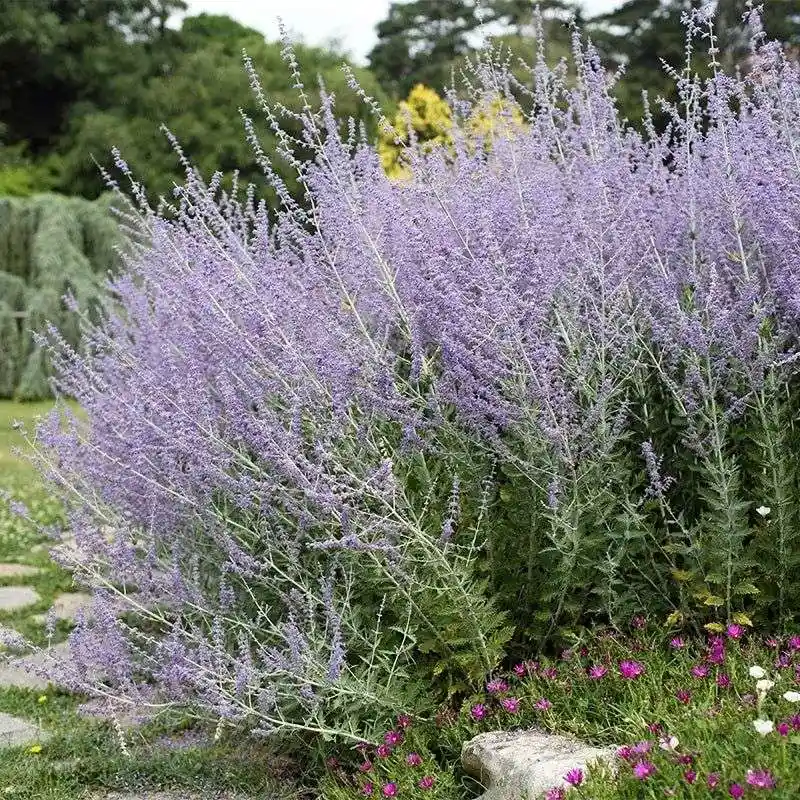
Russian Sage enchants with its silvery foliage and tall spires of lavender flowers. This perennial is celebrated for its drought tolerance and ability to thrive in poor soils. Native to central Asia, it’s become a favorite for adding texture and color to landscapes. Its aromatic leaves deter pests while attracting beneficial pollinators, enhancing garden health. With its long blooming period, Russian Sage offers extended interest in garden settings. Its resilience and striking appearance make it a true garden diva, enhancing outdoor spaces with its unique charm and robust presence.
Creeping Jenny (Lysimachia nummularia)

Creeping Jenny is a vigorous ground cover known for its bright golden leaves. It forms a lush carpet that cascades beautifully over garden edges or containers. Thriving in both sun and partial shade, it tolerates various soil conditions. This European native is resistant to deer and rabbits, making it a durable choice for gardens. Its rapid growth habit and vibrant foliage earn it the title of a garden diva, offering both aesthetic appeal and functionality. Creeping Jenny’s adaptability and striking appearance make it an excellent choice for adding color to any garden space.
Tickseed (Coreopsis)
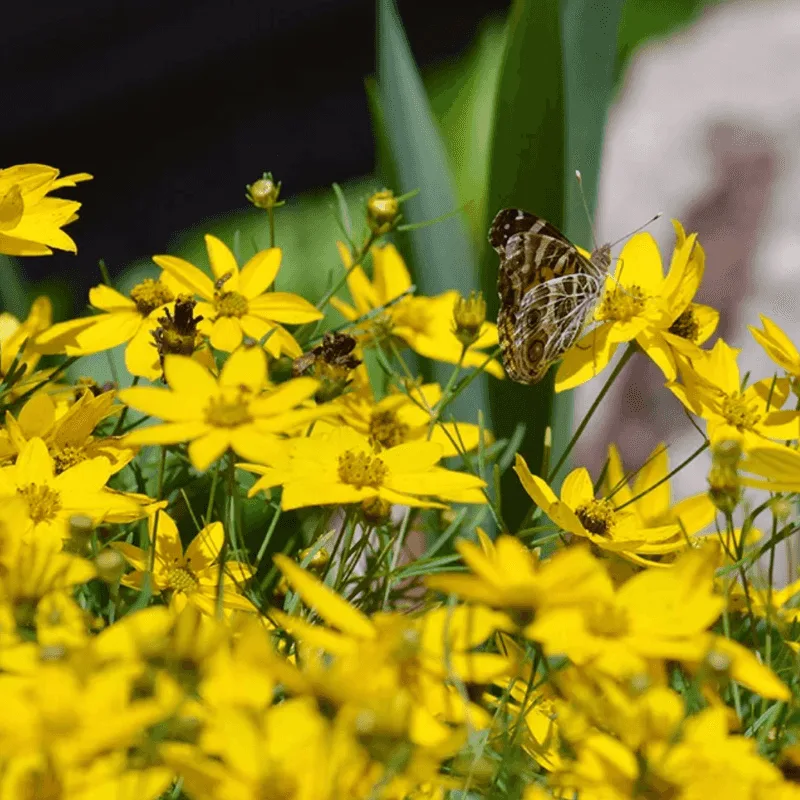
Tickseed, or Coreopsis, is a delightful perennial known for its bright, daisy-like flowers. Its cheerful blooms appear from early summer into fall, offering color when few others do. Tickseed thrives in well-drained soil and full sun, tolerating drought once established. Native to North America, it’s a favorite in pollinator gardens, attracting bees and butterflies. Its long-lasting flowers and ease of care make it a garden mainstay. Resistant to pests and diseases, Tickseed embodies the spirit of a garden diva, providing vibrant beauty and dependable performance throughout the growing season.
Foxglove (Digitalis purpurea)
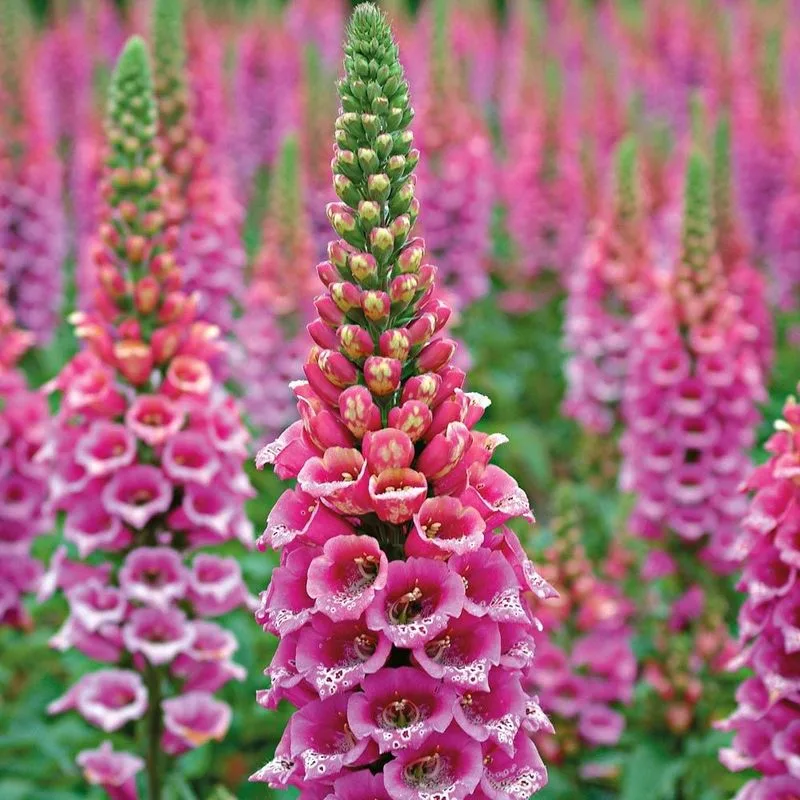
Foxglove is a striking biennial known for its towering spires of tubular flowers. Blooming in shades of pink, purple, and white, it adds drama to any garden. Despite its delicate appearance, foxglove is remarkably hardy, thriving in partial shade and moist, well-drained soil. Historically, it’s been used in heart medications, a testament to its potent properties. Native to Europe, foxglove has captivated gardeners for centuries with its grace and resilience. Its ability to naturalize and self-seed places it among the esteemed garden divas, offering both beauty and tenacity.
Butterfly Weed (Asclepias tuberosa)

Butterfly Weed, with its brilliant orange blooms, is a magnet for monarch butterflies and other pollinators. This North American native thrives in sunny locations with well-drained soil, tolerating drought once mature. It’s a crucial component in wildlife gardens, supporting butterfly populations. The plant’s robust nature and striking flowers earn it the title of a garden diva. Butterfly Weed’s historical medicinal uses for pain relief highlight its versatility. Its vibrant hues and ecological importance make it an invaluable addition to any garden, enhancing both beauty and biodiversity with its presence.
Coral Bells (Heuchera)
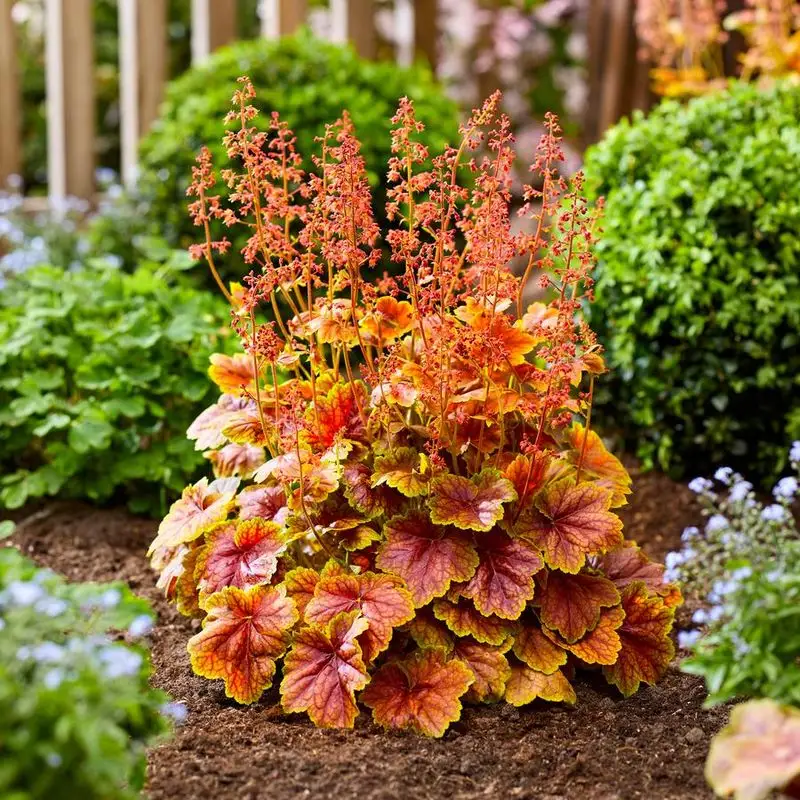
Coral Bells are prized for their colorful foliage and delicate flower spikes. This perennial thrives in partial shade and well-drained soil, adapting to various garden settings. Native to North America, it’s valued for its versatility and low maintenance needs. Coral Bells’ vibrant leaves range from deep purples to fiery oranges, adding color even when not in bloom. Its ability to attract hummingbirds and resist deer makes it a garden favorite. The combination of aesthetic appeal and resilience places Coral Bells among the garden divas, offering year-round interest and charm to garden landscapes.
Hosta
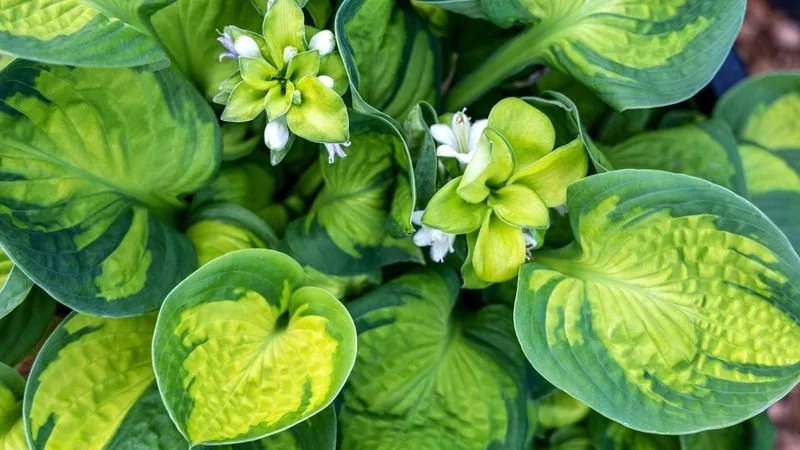
Hostas are garden staples known for their broad, lush leaves and adaptability. Thriving in shaded areas, they add texture and depth to landscapes. Hostas are incredibly resilient, tolerating a range of soil types and conditions. Native to Northeast Asia, they’ve become beloved for their low maintenance and diverse varieties. Despite their delicate appearance, hostas are tough, resisting pests and diseases. Their ability to provide lush foliage throughout the growing season secures their place as garden divas. Offering beauty and ease of care, hostas enhance any garden space with their elegant yet robust presence.

